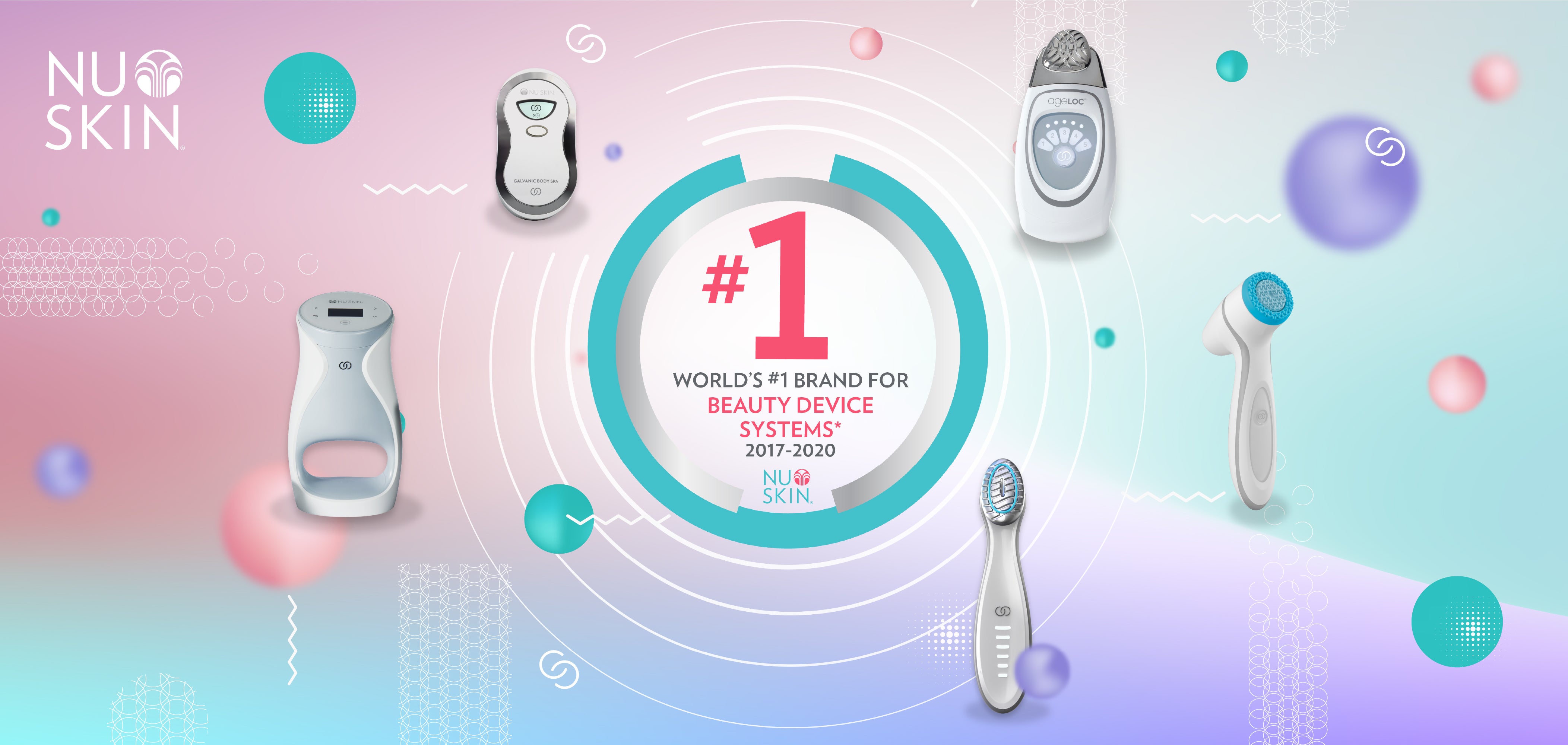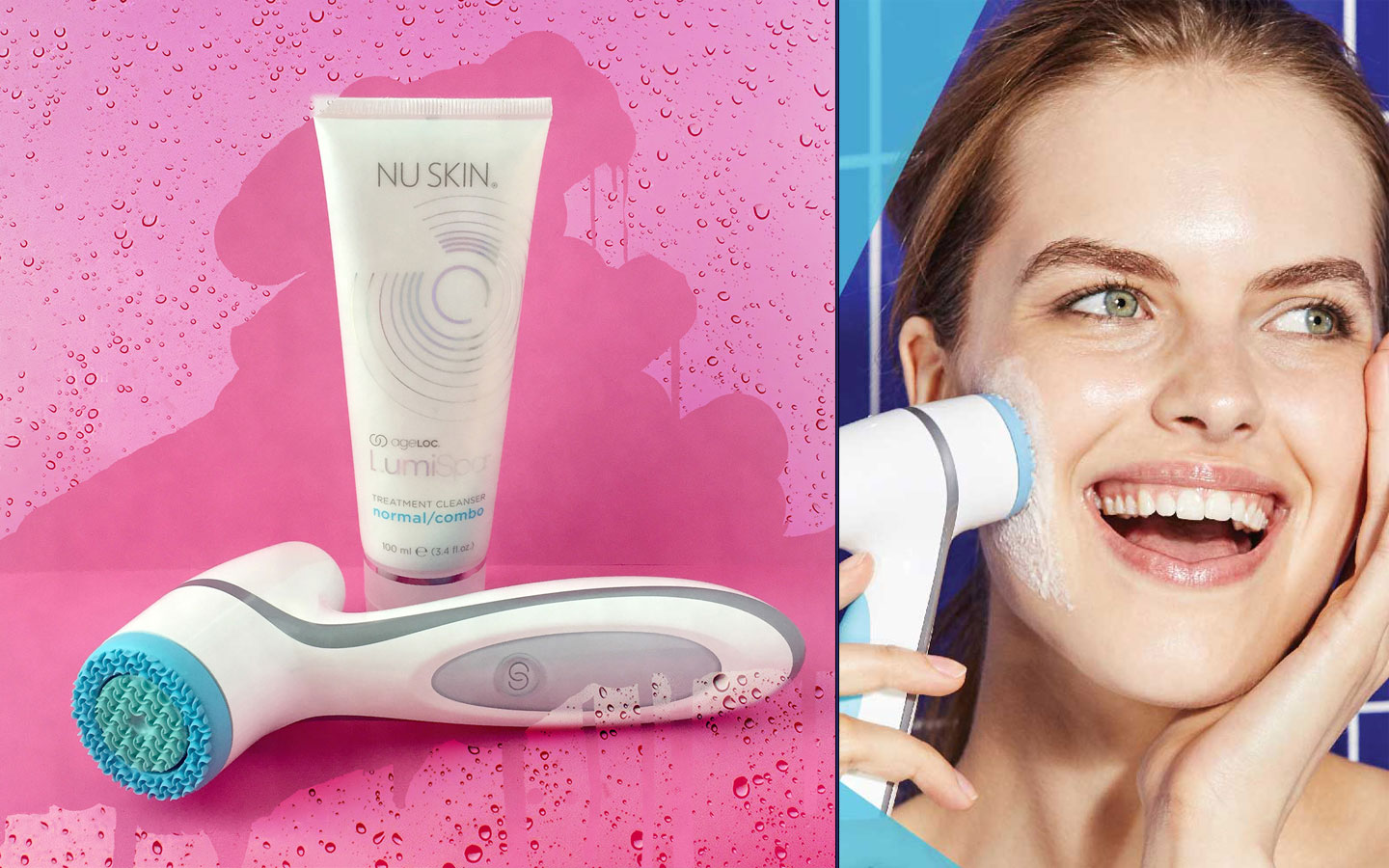At-Home Beauty Devices
In 2017, the global at-home beauty device market was valued at $9.5 billion and is expected to
reach $90 billion within the next decade skin tightening device. The trend-setting Gen Z is driving the growth in this
segment. Many devices now offer an array of features that can help you get the best results.
Here are some of the top at-home beauty devices for your money. You can use one or more of
them for a full-fledged skincare regimen.

The RF beauty device, which uses radio frequency
https://beautyfoomall.com/collections/beauty-device, is the most popular. Other options include
the Microcurrent and Galvanic-Ion devices. Both devices are non-invasive and use both physical
hardware and software to deliver the best results. The global beauty device market was valued
at $39.1 billion in 2018, and is expected to reach $107.2 billion by 2024. Among these, the Foreo
Luna is the most popular at-home beauty device.
Another top at-home beauty device is the Neutrogena light therapy mask. This product uses
alternating red and blue light to combat bacteria and inflammation. Facial rollers have been used
for centuries in Chinese beauty regimens, and are an affordable nighttime skincare device. Jade
facial rollers have cooling effects and can drain the lymphatic system. These products also
provide deep moisturization. But there are many more at-home beauty devices to choose from.

There are several types of at-home beauty devices on the market. There are purely digital
products, as well as mobile apps and physical devices. Compared to their in-store counterparts,
these gadgets offer non-invasive treatment. The global beauty device market is valued at $39.1
billion in 2018, and it is projected to reach $107.2 billion by 2024. Various manufacturers and
suppliers are available, and you can contact them directly.
The U.S. is the largest market for beauty devices, followed by Canada, Mexico, and Europe.
This report also covers other markets such as Russia, the Netherlands, and Switzerland. The
report includes a detailed regional breakdown, with country-specific figures for the U.S., Canada,
Mexico, and the rest of Europe and Asia-Pacific. This segment includes the U.S. and Canada. It
is estimated to be worth $740 million by the end of 2019.
The global beauty device market is divided by end-users: Those who use them want to improve
their skin’s quality can buy a Foreo Luna, for example. The two companies also offer other at-
home products, such as the anti-aging facial roller. They are all very similar and can be bought
for less than $100. In 2018, there were over 50 million beauty devices sold worldwide. It is
expected to reach $107.2 billion by 2024.
In terms of technology, the at-home beauty device market is predicted to hit full-steam by 2022,
and many notable players have already released new products. For example, the ZIIP high-
frequency ozone-powered ozone beauty device is suitable for people with oily, combination, and
normal skin. A new RF device from Nebulyft was launched in the fall. The company is
developing this FDA-cleared version of the RF devices can even help those with sensitive skin.

